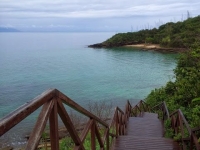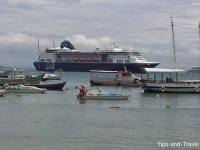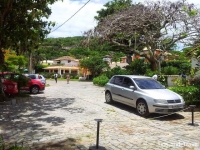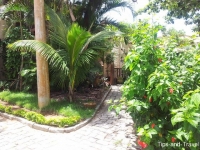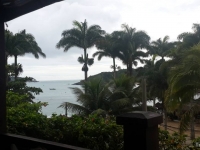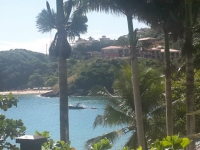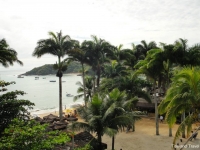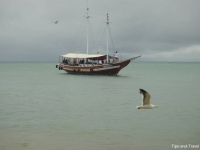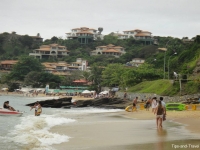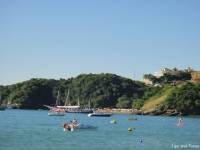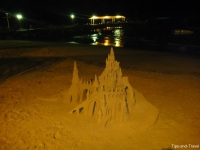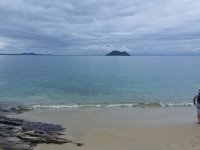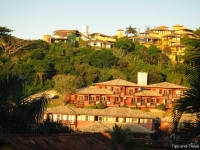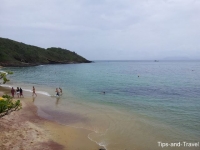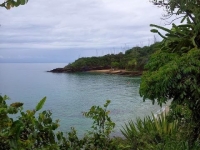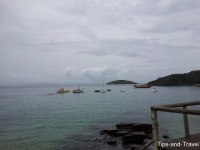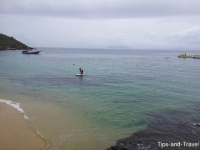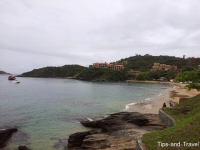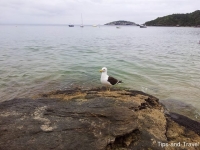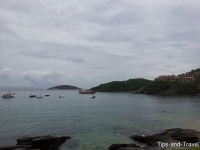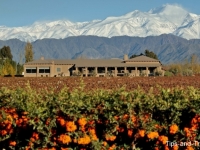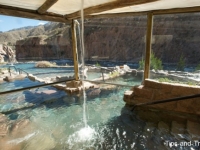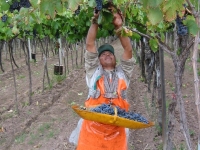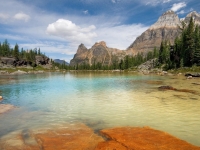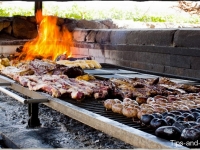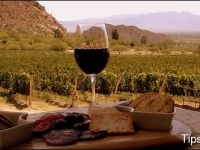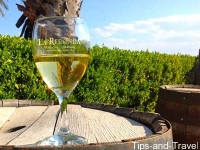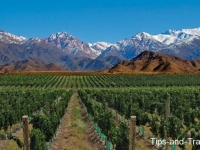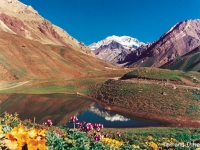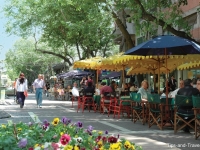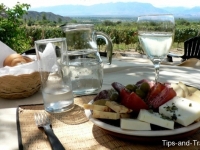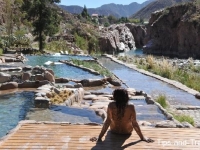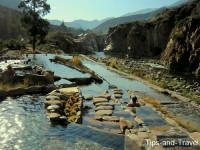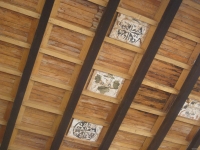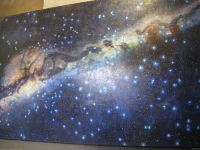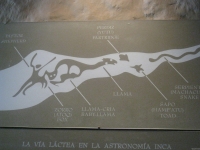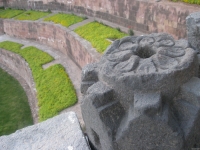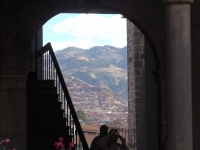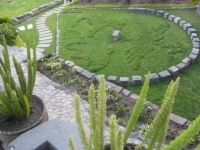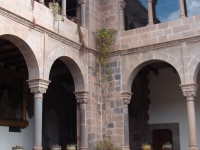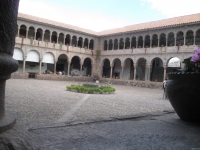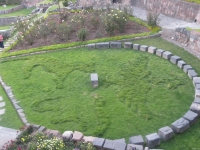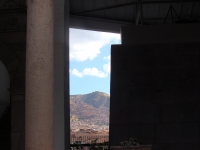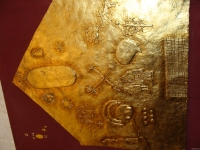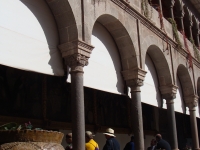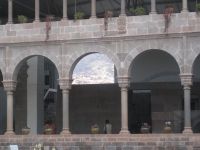Armação dos Búzios or Búzios is a city of the State of Rio de Janeiro, Brazil, located 169 km from the city of Rio de Janeiro; it is a peninsula of 8 km long, surrounded by islands, with more than 20 beaches. Búzios was a small fishing port but it became a very touristic place because there are beautiful beaches different from each other as Buzios receives sea currents from the equator and from the South Pole, so it brings tepid and cold waters. The best known beaches are Geribá, João Fernandes, Ferradura, Ossos, Olho de Boi (reserved for naturism) among others. On the main street, Ruas das Pedras, we find a statue of Brigitte Bardot cause she popularized this place in the 60. There is even a street named Orla Bardot. There are many artists workshops, boutique hotels, numerous shops, cafes and sophisticated restaurants. Buzios is also known as the St. Tropez of Brazil for the Brazilian jet set and tourists from worldwide who prefer it.
Tips
As it is a favorite place of tourists from across the world, you will find no problem with the languages because Spanish, French and English are quite common as of course the local language (Portuguese). There is a French colony and another Argentinian one who are regular residents in the city.
You can stay in small charming hotels ‘pousadas’ or rent an apartment or house according to your preference.
